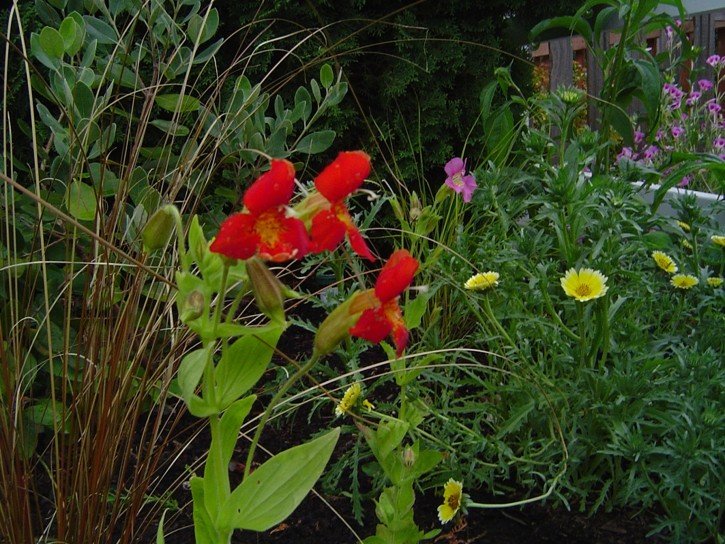

Campanula sp.
Unknown campanula species, being offered here at a discount so you can get some color into your cracks and crevices! Thats where Campanulas shine if you ask me. I love them in vertical crevices. This one is hardy in Sweden so should to around zone 4 I would think.
Campanulas, or bellflowers, are excellent choices for rock gardens because they thrive in well-drained, slightly alkaline to neutral soils. They prefer gritty, sandy, or loamy soil that mimics their natural rocky habitats and should be planted where water does not linger, as overly wet conditions can lead to root rot. Most species perform best in full sun but will tolerate some light afternoon shade, especially in warmer climates. While many campanulas are drought-tolerant once established, young plants benefit from regular watering to encourage strong growth. Cold-hardy varieties can withstand temperatures down to USDA zone 3–5, and they often appreciate cooler summer conditions or some shading during the hottest part of the day. Planting them in crevices or on slopes allows their mounding or cascading habit to spill naturally over rocks, creating a textured and layered look. Regular deadheading extends the bloom period, and dividing older clumps every few years helps maintain vigor. They combine beautifully with other alpine or low-growing rock garden plants such as saxifrages, dwarf phlox, or creeping thyme, enhancing the overall aesthetic of the garden.
Unknown campanula species, being offered here at a discount so you can get some color into your cracks and crevices! Thats where Campanulas shine if you ask me. I love them in vertical crevices. This one is hardy in Sweden so should to around zone 4 I would think.
Campanulas, or bellflowers, are excellent choices for rock gardens because they thrive in well-drained, slightly alkaline to neutral soils. They prefer gritty, sandy, or loamy soil that mimics their natural rocky habitats and should be planted where water does not linger, as overly wet conditions can lead to root rot. Most species perform best in full sun but will tolerate some light afternoon shade, especially in warmer climates. While many campanulas are drought-tolerant once established, young plants benefit from regular watering to encourage strong growth. Cold-hardy varieties can withstand temperatures down to USDA zone 3–5, and they often appreciate cooler summer conditions or some shading during the hottest part of the day. Planting them in crevices or on slopes allows their mounding or cascading habit to spill naturally over rocks, creating a textured and layered look. Regular deadheading extends the bloom period, and dividing older clumps every few years helps maintain vigor. They combine beautifully with other alpine or low-growing rock garden plants such as saxifrages, dwarf phlox, or creeping thyme, enhancing the overall aesthetic of the garden.







